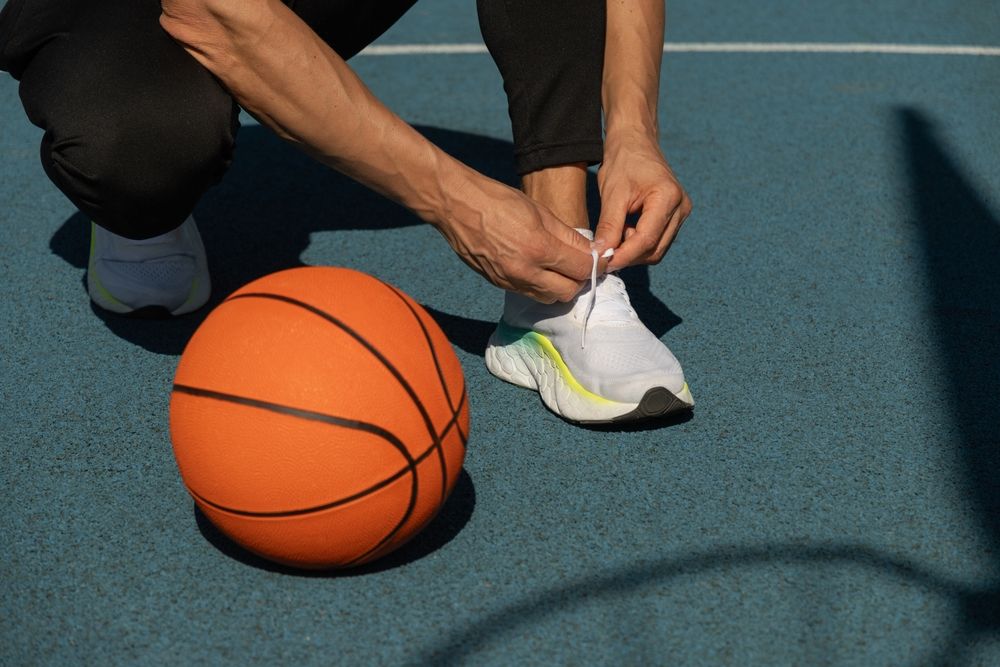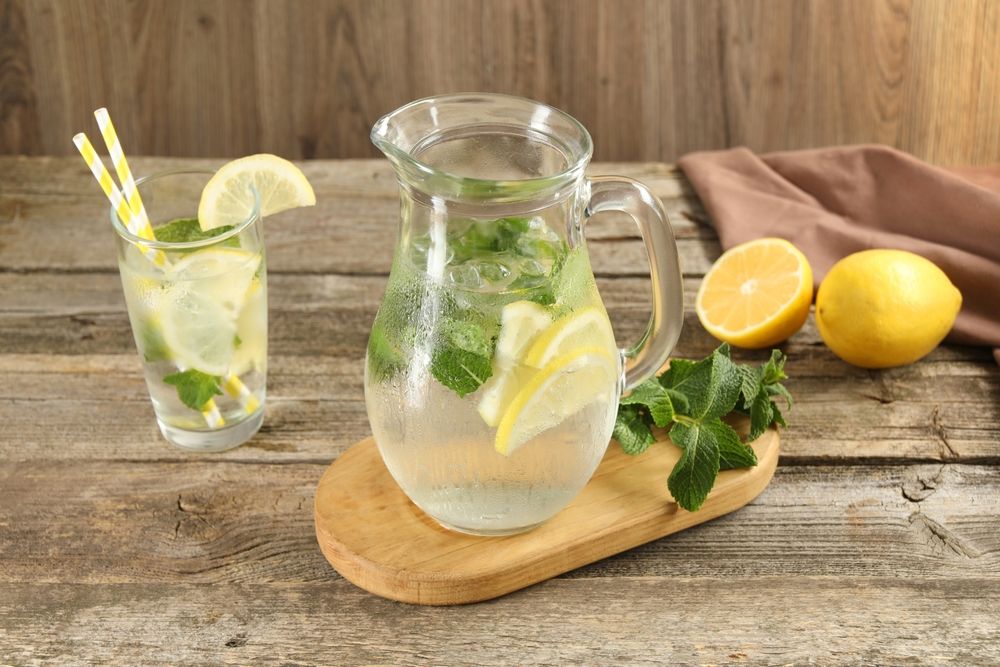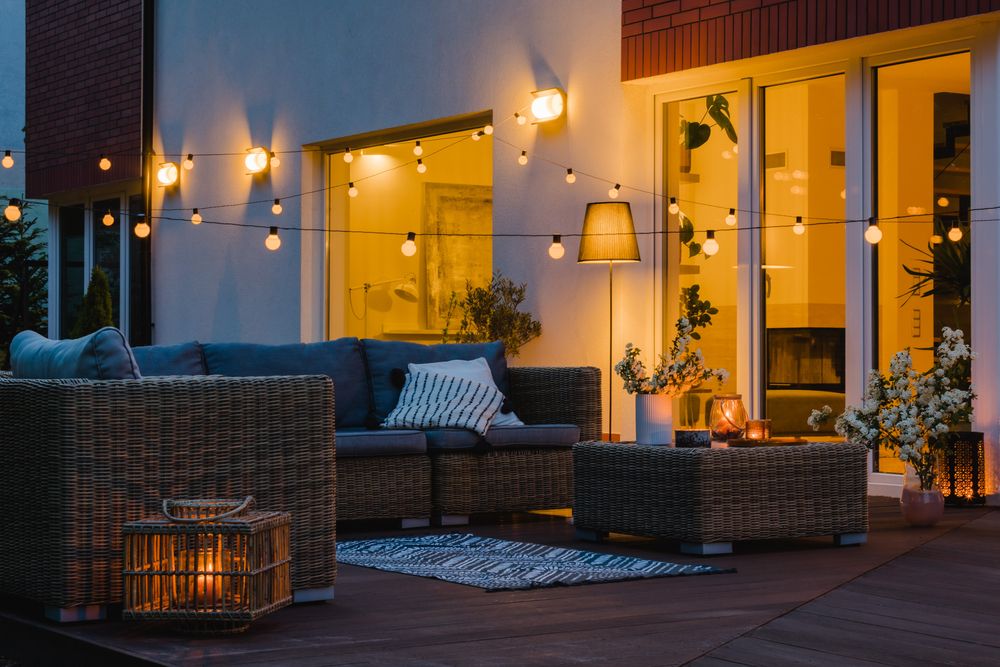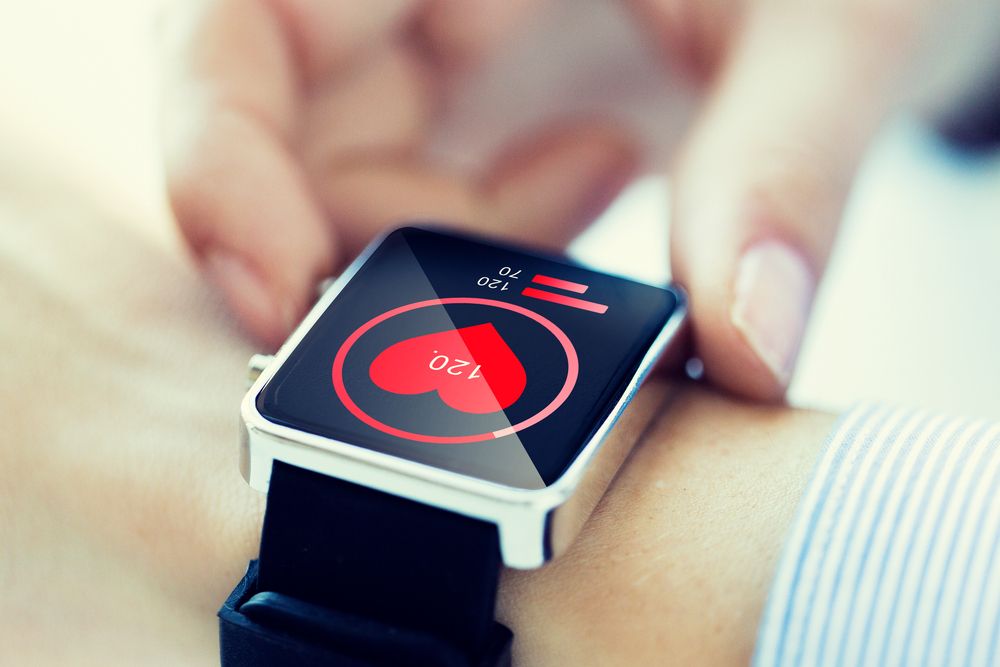Basketball isn’t just about talent and strategy—it’s also about having the right gear, and nothing affects your game more than the shoes you wear. Whether you’re playing indoors or outdoors, running point or dominating the paint, your basketball shoes influence everything from your foot stability to your jump height.
With so many options available, choosing the best pair can feel overwhelming. Should you go for cushioning or court feel? Do you need high tops for ankle support? What about traction for quick cuts?
This guide breaks it all down, so you can pick the basketball shoes that match your game, your court, and your budget.
Understand Your Playing Style
Your position and playing style directly impact what kind of shoe you need.
-
Guards and quick players benefit from lightweight shoes with excellent traction and court feel. Look for low to mid tops that allow for agility and responsiveness.
-
Forwards and all-around players need balanced shoes that offer stability, cushioning, and support. Mid tops are often the sweet spot.
-
Big men and post players should prioritize strong ankle support and shock absorption. High tops with thick soles help protect against impact and reduce injury risk.
If you’re a casual player or play multiple positions, choose a versatile shoe with moderate cushioning, ankle support, and durability.
Focus on Cushioning and Comfort
Basketball is high impact. From landing jump shots to sprinting downcourt, your joints take a beating—especially your knees and ankles.
There are several types of cushioning technologies:
-
Foam-based cushioning (EVA, Phylon) is lightweight and responsive.
-
Air-based units (like Air Zoom or similar) offer added bounce and impact protection.
-
Gel or capsule systems absorb shock better for heavy landings.
The key is to find a shoe that protects your feet while maintaining court feel. Try shoes on before buying when possible, and walk around to gauge comfort.
Traction: Don’t Slip Up
Traction is essential for fast stops, quick cuts, and defensive slides. A good outsole will keep you stable and reduce the risk of slipping.
Look for:
-
Multidirectional patterns that grip during lateral movement.
-
Rubber outsoles with grooves that provide flexibility and grip.
-
Durable rubber if you play outdoors (harder courts wear shoes faster).
-
Indoor players should go for softer rubber with better floor grip.
If you play both indoors and outdoors, consider getting a specific pair for each surface to maximize performance and shoe life.
Ankle Support: High, Mid, or Low?
Ankle support is one of the most debated features in basketball footwear. While many believe high tops prevent injuries, recent designs show that even low tops can provide solid support with the right structure.
-
High tops wrap the ankle and provide traditional support. Great for big men and players with prior ankle injuries.
-
Mid tops offer a balanced compromise—light enough for agility, structured enough for support.
-
Low tops are light and built for speed, ideal for guards and quick players who need full range of motion.
Support also depends on the lacing system, heel counters, and overall fit. Choose the cut that suits your comfort level and injury history.
Material and Breathability
The upper material affects durability, flexibility, and airflow. Your choice should depend on playing frequency and environment.
-
Mesh uppers offer lightweight flexibility and good ventilation. Ideal for indoor use or players with sweaty feet.
-
Synthetic leather or textile blends are more durable and structured, better for outdoor use or frequent play.
ADVERTISEMENT -
Knitted uppers are modern and sock-like in fit, good for flexibility but may lack ankle stability.
Make sure the shoe breathes well. Proper airflow helps prevent blisters, overheating, and unpleasant odors.
Fit and Sizing
No matter how technically advanced a shoe is, if it doesn’t fit well, it won’t help your game.
Keep in mind:
-
Try shoes on with basketball socks for a true fit.
-
There should be no heel slippage or excessive toe space.
-
A snug midfoot fit offers better lockdown.
-
Break them in before game day to avoid blisters or stiffness.
Every brand fits slightly differently, so don’t assume you’re the same size across all models. Always check reviews or try in-store when possible.
Durability and Outdoor Play
If you’re playing outdoors, your shoes take extra wear from rougher surfaces and temperature changes. Choose shoes with:
-
Thicker rubber soles
-
Reinforced toe boxes
-
Tougher uppers (like synthetics or composite materials)
Indoor-only shoes may wear down fast outdoors, so consider this when deciding.
Style and Aesthetics
While performance comes first, style still matters—especially if you’re wearing your shoes off the court. Many players look for colorways that match their team, personal taste, or streetwear vibes.
Most top brands release limited editions and signature lines that combine style and function. If you care about both, you’ll find plenty of options that blend design and performance.
Signature vs General Models
Brands often offer signature shoes endorsed by players (like guards or forwards), and general performance models that aren’t athlete-specific.
Signature lines may cost more, but they often include top-tier materials and tech. However, non-signature models can deliver similar quality for a better price.
If budget is a concern, don’t shy away from mid-tier models—they often provide excellent value and solid performance.
Budget and Value
Basketball shoes range widely in price. Signature releases can hit $200 or more, while budget models start around $60–$80.
Tips for value:
-
Shop last year’s models — often just as good, but discounted.
-
Look for seasonal sales and outlet deals.
-
Avoid fashion-only models — they might look great but lack court performance.
-
Consider durability — it’s better to buy one great pair that lasts than replace cheap shoes every two months.
Choosing the best basketball shoes isn’t about buying the most expensive pair — it’s about finding the right match for your body, playing style, and environment. Focus on support, comfort, fit, and traction. Don’t be swayed solely by looks or hype.
Once you find your perfect fit, you’ll notice the difference immediately: better balance, more power in your step, and the confidence to move the way your game demands. The right shoes help you play smarter, move quicker, and reduce the risk of injury — all while expressing your style on the court.





